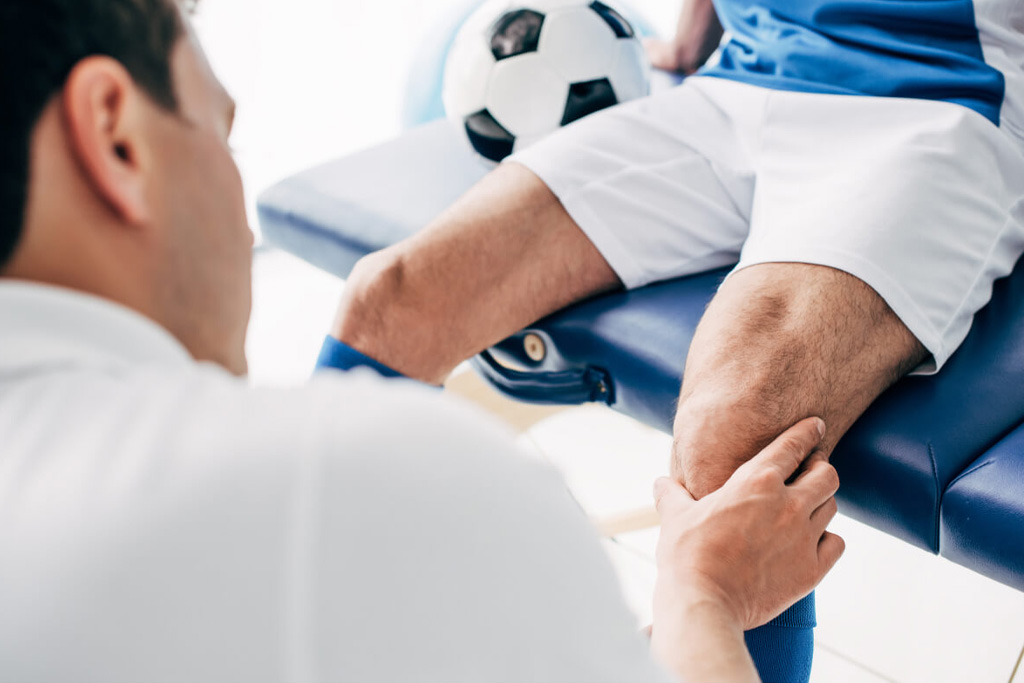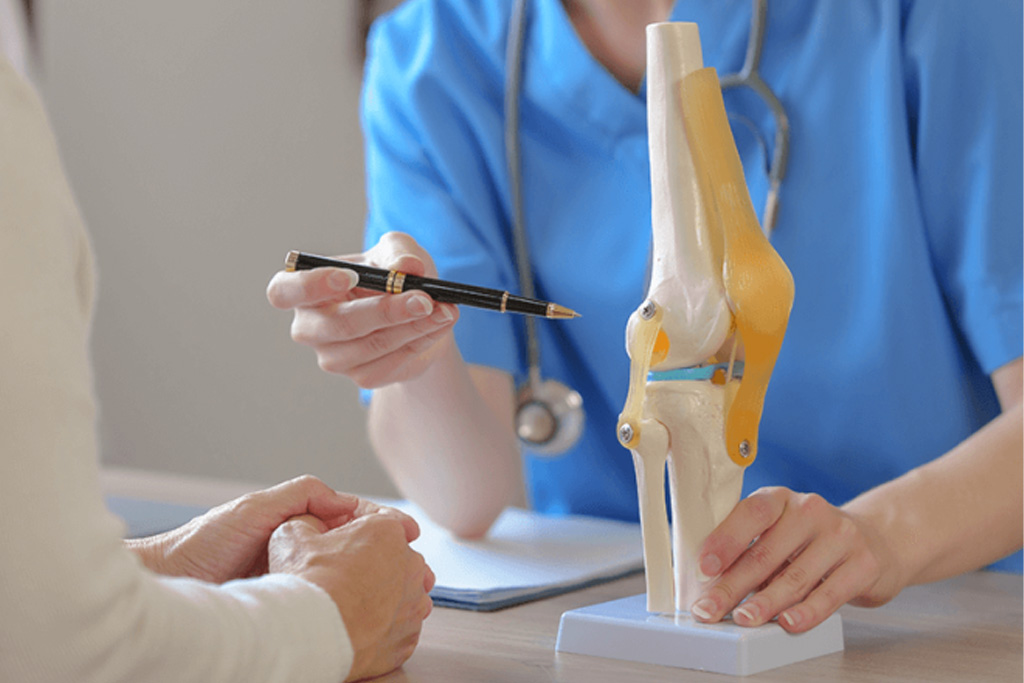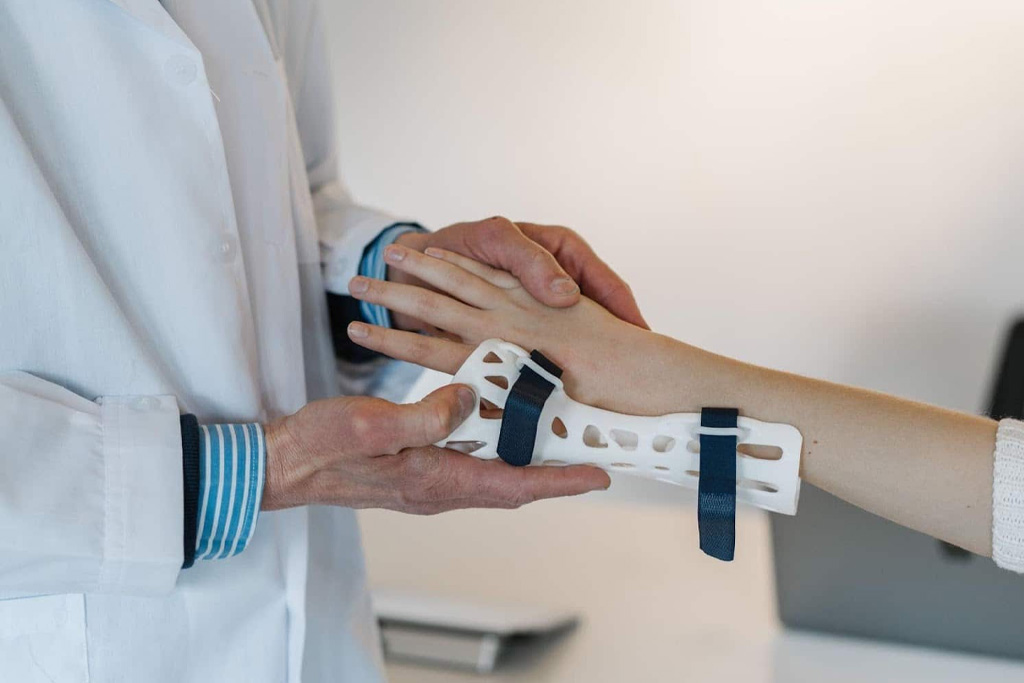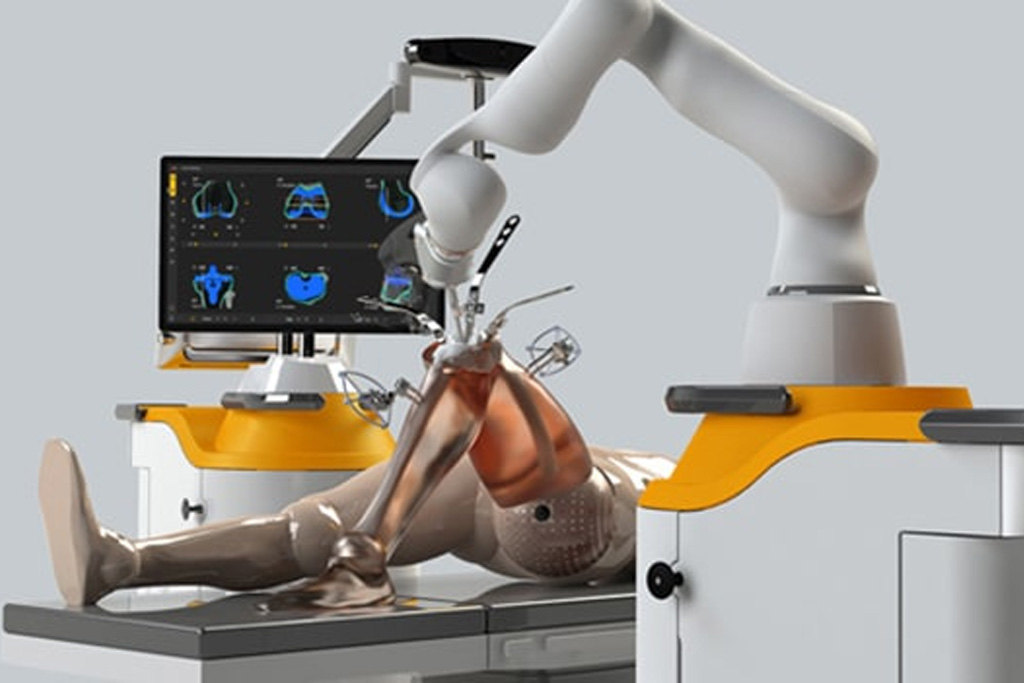Sports medicine is a dynamic field that combines medical expertise with a focus on athletic performance and well-being. Whether you’re an amateur enthusiast or a professional athlete, understanding the intricacies of sports medicine is crucial for maintaining peak physical health. In this comprehensive guide, we’ll delve into various aspects of sports medicine, from common injuries like tennis elbow and ankle sprains to more complex issues such as rotator cuff tears and ACL surgeries.

Understanding Sports Medicine:
Sports medicine is a specialized branch of healthcare that addresses injuries and conditions resulting from physical activity. It encompasses a range of disciplines, including orthopedics, rehabilitation, and nutrition, with the goal of optimizing performance, preventing injuries, and promoting overall wellness.
Finding Sports Medicine Services Near You:
If you’re seeking sports medicine assistance, it’s essential to locate qualified professionals in your vicinity. Use keywords like “sports medicine near me” “sports medicine doctor near me” or “athletic doctor near me” to find specialists who can provide personalized care, whether it’s for a common issue like tennis elbow or a more complex problem requiring surgery.
Specialists in Sports Medicine:
Certified chiropractic sports physicians and sports medicine specialists play a pivotal role in diagnosing and treating sports-related injuries. These experts utilize a multidisciplinary approach, combining medical interventions, physical therapy, and rehabilitation to ensure optimal recovery. Always seek professional help for proper diagnosis and treatment. Many effective options and medicines for tennis elbow are available, including rest, physical therapy, supplements and pain relievers. Remember, early intervention is key for faster healing!
Why Choose Dr Praneeth Reddy?
Dr. Praneeth Reddy, renowned as the best sports medicine specialist in Hyderabad, stands at the forefront of treating a spectrum of orthopedic conditions with unparalleled expertise. Among the myriad of injuries he adeptly addresses, the Rotator Cuff Tear, a common affliction seen in athletes, finds expert care under his guidance. Dr. Reddy’s proficiency extends to the intricate Labral Tear of the Shoulder, often associated with shoulder dislocation. His holistic approach encompasses the comprehensive management of conditions like Shoulder Impingement, offering tailored solutions to alleviate pain and enhance function.
In the realm of shoulder surgeries, Dr. Praneeth Reddy’s mastery is evident in procedures such as Acromioplasty, a surgical intervention to address shoulder impingement and enhance joint mobility. Moreover, his expertise extends to managing ACJ Arthritis, providing relief to individuals grappling with discomfort and limited shoulder mobility due to arthritis in the acromioclavicular joint.
Acknowledging the significance of hip injuries, Dr. Reddy demonstrates exceptional skill in managing Labral Tears of the Hip, ensuring a nuanced approach to treatment. Further broadening his expertise, he navigates the complexities of addressing Meniscal Tears, a common concern among athletes that demands precision and individualized care.
As a distinguished sports medicine specialist, Dr. Praneeth Reddy is no stranger to the challenges associated with Anterior Cruciate Ligament (ACL) injuries. His proficiency in ACL Surgery, a procedure crucial for restoring knee stability and function, underscores his commitment to comprehensive orthopedic care. Dr. Reddy’s approach to ACL surgery encompasses not only the technical aspects of the procedure but also a thorough rehabilitation plan, emphasizing a holistic recovery.
Wrap Up!
In conclusion, Dr. Praneeth Reddy’s standing as the best sports medicine specialist in Hyderabad is underscored by his proficiency in addressing a multitude of orthopedic conditions. From the intricate nuances of shoulder injuries like Rotator Cuff and Labral Tears to the challenges posed by hip ailments and knee injuries requiring ACL surgery, Dr. Reddy’s expertise ensures that patients receive not only the best possible care but also a path to recovery that prioritizes overall well-being. With a commitment to excellence and a patient-centric approach, Dr. Praneeth Reddy continues to be the preferred choice for those seeking top-tier sports medicine care in Hyderabad.
FAQ's
You can search for sports injury doctors in your area through an online directory or by asking for recommendations from friends, family, or your primary care physician.
A sports medicine physician is a medical doctor who specializes in the prevention, diagnosis, and treatment of injuries related to sports and physical activity.
Sports and medicine work together to prevent, diagnose, and treat injuries related to physical activity. This includes providing proper training and conditioning techniques, as well as treating and rehabilitating injuries to help athletes return to their sport safely.









